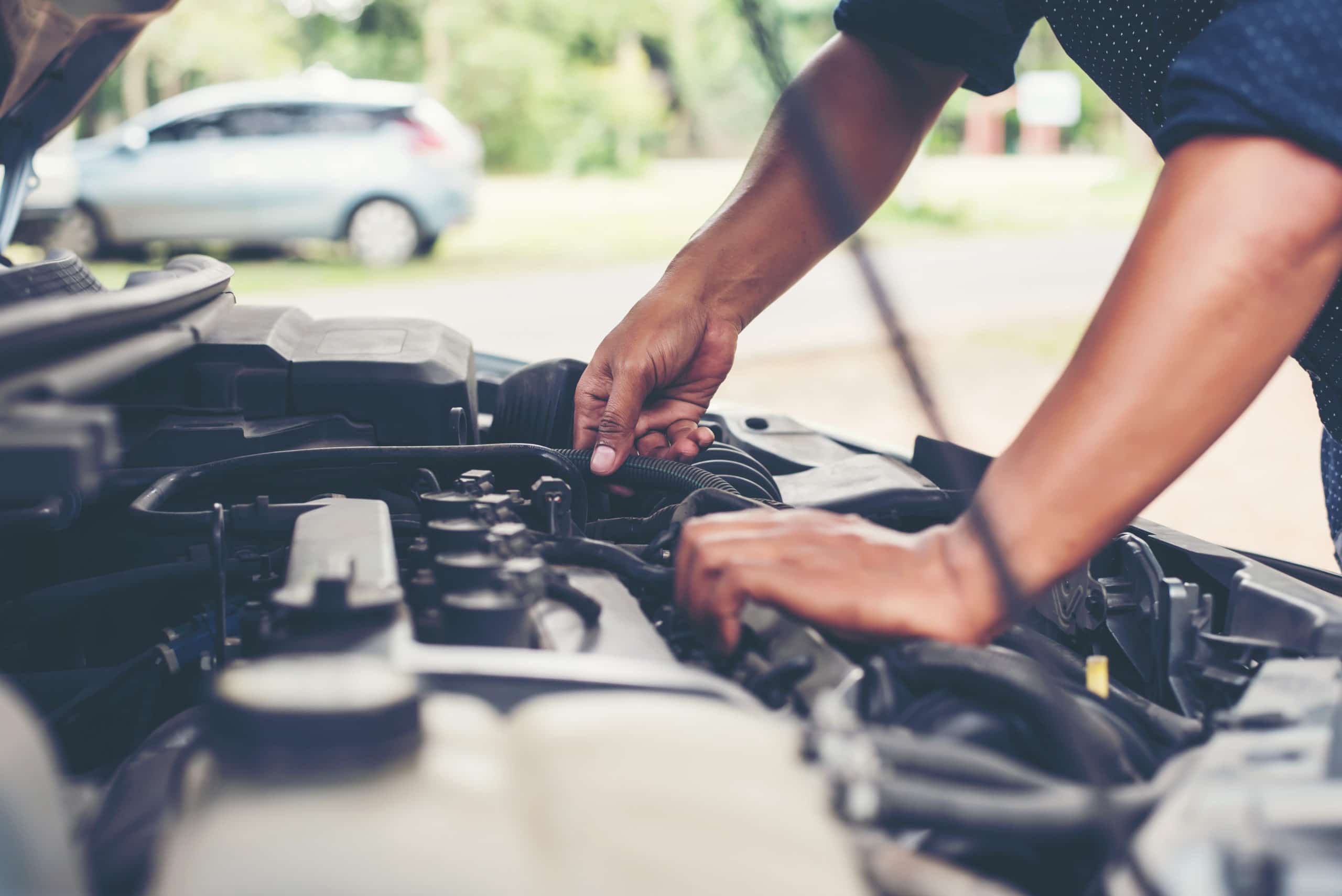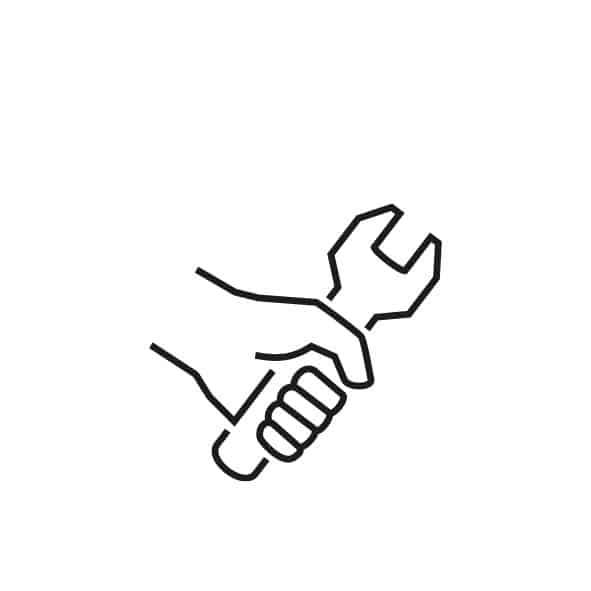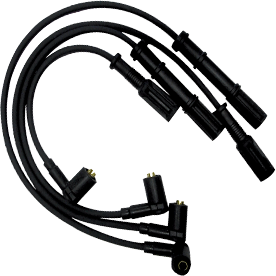First, we strongly advise you to check the distributor and its components, making sure that there is no moisture, cracks, or charred studs.
We also invite you to inspect the thickness of the central carbon (decreased it if it is worn).
It is also possible to test with the motor running, to ensure that there is indeed an arc between the distributor cap and the spark plugs. However, this operation can be dangerous, so be advised: do not touch the strands when the motor is running, as high voltage can cause electrocution.
If you cannot confirm that there is an arc, you can use a multimeter to check the ignition coil’s voltage. The coil is directly connected to the distributor cap, so it must have a positive voltage to carry the electrical current to the spark plugs.
If the previous tests are not conclusive, then you will have to replace the distributor or some of its components (which are sometimes marketed individually, as does our company for a large part of our range).















